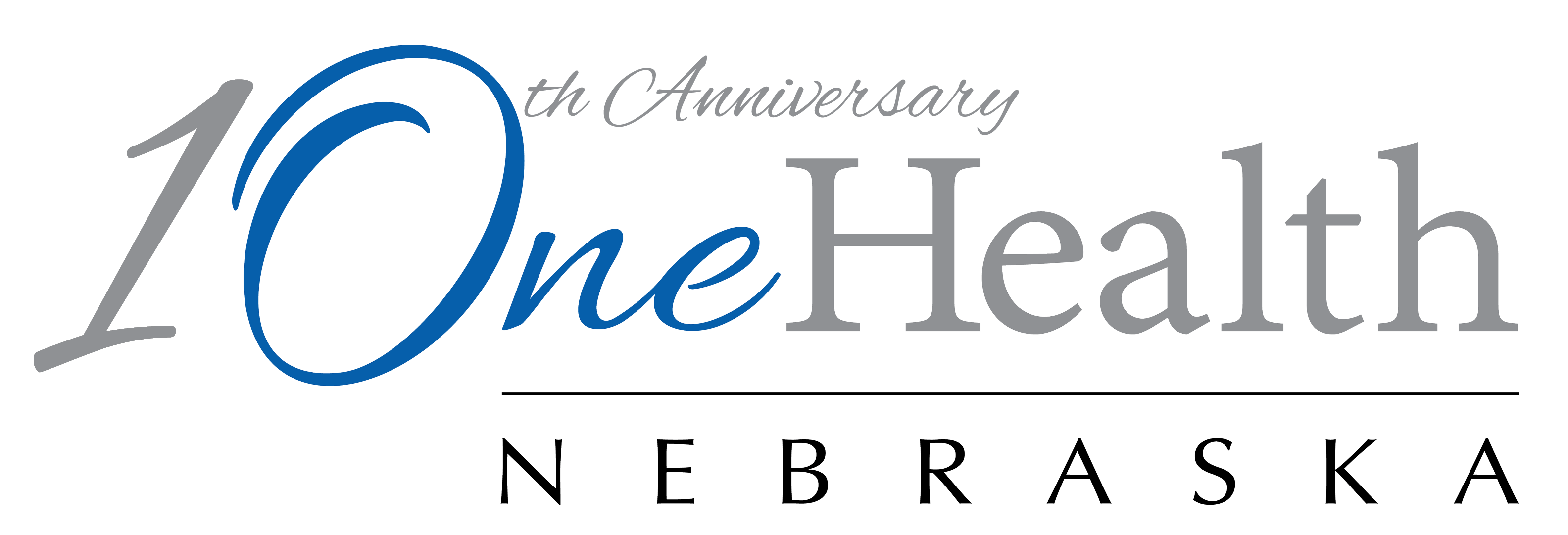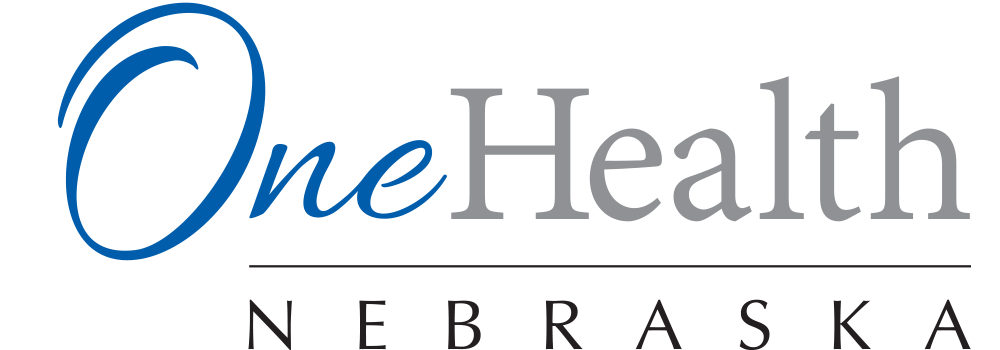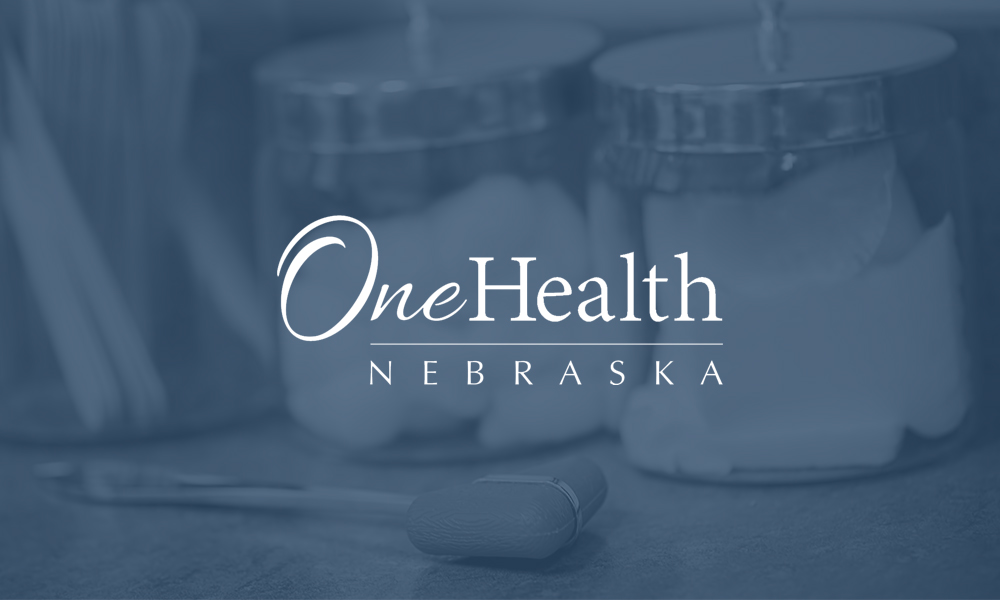“If you’re not cutting it, get out of the way,” says Adam Boehler, new CMMI director
• by Shannon Firth, Washington Correspondent, MedPage Today October 05, 2018
WASHINGTON — “Risk” and “predictability” were key themes in the discussion between accountable care organization (ACO) participants and Adam Boehler, the recently appointed director of the Center for Medicare and Medicaid Innovation (CMMI).
“There are a lot of folks that should take risk and there are a lot of folks that shouldn’t take risk,” Boehler said Thursday at the National Association of ACOs (NAACOS) conference here. “And I’m a big believer in being what you are.”
He likened the move to a jeweler operating in a lesser-known area who then moves to the diamond district, implying that this new terrain is not for the faint of heart.
One group that probably shouldn’t take risk: single physician groups. “That’s silly,” he said. But for those providers and hospitals who are ready, it’s his responsibility and that of the Centers for Medicare & Medicaid Services (CMS) to create “practical and simple” policies to help participants succeed, Boehler said.
And for those who aren’t? “It’s also our job to say to folks, ‘If you’re not cutting it, get out of the way,’ because there are others that will come that will cut it … People will come in and take that risk and do something with it,” he said.
Boehler’s comments are in line with CMS’s more aggressive vision for ACOs to move towards risk.
Training Wheels Off
In August, CMS released a proposed rule for the Medicare Shared Savings ACO program which shortened the glide path for ACOs to stay in upside only models (those without any risk) for 2 years, down from an initial 6 years.
NAACOS president and CEO Clif Gaus, ScD, swiftly panned the idea of a shorter transition period, saying at the time that CMS was “pulling the rug” out from under the program.
In May, a NAACOS survey found that 71% of ACO participants would likely leave the Medicare Shared Savings Program (MSSP) rather than take on two-sided risk. NAACOS also published a report in early September, which estimated that ACOs in MSSPs garnered savings of $1.84 billion from 2013-2015 — about double CMS’s estimate.
There are a lot of other changes in the new rule that are positive, said NAACOS chair Katherine Schneider, MD, president and CEO of Delaware Valley ACO in Villanova, Pa., but “you can improve the program and have no one left in it at some point.”
By CMS’s own estimates, 105 groups are expected to leave the program as a result of the proposed rule. Schneider’s own ACO has had years of experience and is moving to a risk-based model, she said. But she noted that had she been asked to consider joining an ACO now, under the terms CMS is proposing with only a 25% potential gain — down from 50% — where participants must take risk before receiving their first year’s performance results, she would not have made the investment.
Her group would have stayed in fee-for-service — “We know how to do that.”
Some ACOs Can’t Win
For physicians like Bob Rauner, MD, MPH, chief medical officer for One Health Nebraska, who is 2 years into the program, the proposed rule was an unexpected gut punch. “We’re a small band of primary care doctors … We’re doing everything the triple aim wants us to do,” Rauner told MedPage Today, referring to CMS.
Rauner’s ACO saved $1 million and its patients are “doing great,” but thus far the group’s return on investment has been zero. “It’s going to take us a couple of years to build up money so we can take risk,” Rauner said, adding that he doesn’t understand why CMS won’t allow more time to let that process play out.
After all, it’s the physician-led ACOs that have to date been the most successful, he said, citing a recent NEJM article. “That’s the model that works best and gets better as it goes.”
As for other options, the Comprehensive Primary Care Plus model, which might have been an alternative, is not available to his group for the next 5 years. “I think there is a combination of CPC Plus and Medicare Shared Savings that is the right approach, but it doesn’t exist yet,” he said.
Risk versus Reward
Stephen Nuckolls, CEO of Coastal Carolina Quality Care in New Bern, N.C., suggested to MedPage Today that the reason Rauner’s group likely had not garnered any rewards for itself is that it probably had not crossed the minimum savings rate — the threshold at which participants get to share in savings.
He also countered the argument that ACOs taking risk do better by noting a “self-selection” factor that’s in play. “There are a lot of people who are assuming risk because they’re favored by the benchmarking.” And the benchmarking, he said, is still “evolving.”
“Forcing [ACOs] into risk before the benchmarks are all set, is just not wise policy” he said, highlighting another challenge for ACOs: predictability.
Nuckolls runs a Track 1 Plus model that includes 40 physicians and covers 12,000 lives in North Carolina. In September, North Carolina was hit hard by Hurricane Florence. A lot of patients were displaced from their homes, and many patients were sent to skilled nursing facilities because it wasn’t possible to return home, he explained. Emergency room hospitalizations also spiked, he said.
On the other hand, because his group was an ACO, the entire team, using data analytics and care coordination systems already in play, was able to follow up directly with patients, guide them to pharmacies that were open, and ensure they had food, water, and services they needed.
“We wouldn’t be here right now if it wasn’t for the advanced funding that Medicare gave us,” Nuckolls noted during a press briefing later.
‘Expect the Unexpected’
However, if Nuckolls were in a down-side risk model, and if his ACO’s performance was measured on a national benchmark but local costs were rising much faster, he would have to pay back those costs to the government. (His group plans to move to a Track 3 ACO program next year.)
In sharing an abridged version of this story with Boehler at the earlier panel, the director agreed that Nuckolls’ concerns were “reasonable” and again stressed the need for CMS to make models “as predictable as possible.”
Nuckolls, therefore, advocated for regional instead of national benchmarks for measuring costs, and for certain exceptions.
During the reporter briefing Nuckolls suggested that one possibility might be to include, in the final rule, exceptions for extreme circumstances such as allowing those ACOs to be evaluated based on the prior year’s performance data, or to allow regional adjustments.
“You don’t have to have a hurricane to struggle with predictability on the benchmarks,” said Schneider. Her ACO started 5 years ago, and while the cost of care has been quite predictable — continually falling — the benchmarks might change year to year by $1,000.
Even rule changes that she views as positive — e.g., attribution for short-term skilled nursing facilities — can have unexpected effects on the benchmarks, Schneider told reporters during the press briefing. “And the final adjustment,” which is usually announced in August, “is actually completely unpredictable,” she said. Her ACO colleagues in the briefing nodded in agreement.
The core problem is “you don’t know your benchmark,” said Richard “Rick” Gilfillan, MD, of Trinity Health, the first CMMI director and former president and CEO of Geisinger Health Plan. Gilfillan said that what he believes Boehler implied in his discussion Thursday morning is that in the name of “simplicity,” another key principle for CMMI, he will fix this problem by setting clear numbers for ACOs to target.


